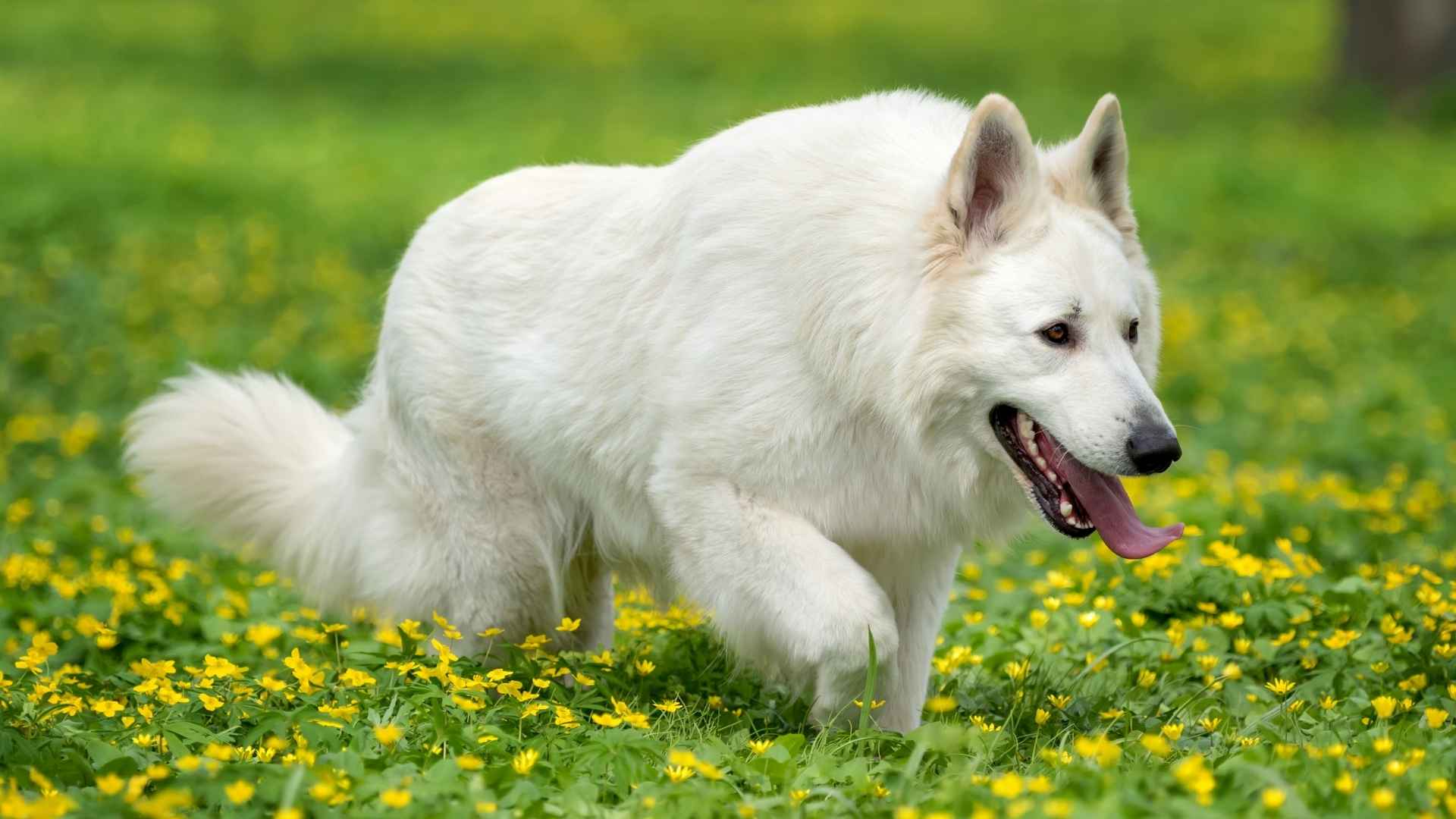Ever heard of a dog calling an Uber? Okay, maybe not literally—but some pups are so good at escaping, it wouldn’t be shocking if they figured it out. In fact, a study by the American Humane Association found that 1 in 3 pets will become lost at some point in their lifetime—and for certain dog breeds, the odds are way higher. If your pooch treats fences like mild suggestions or sees a closed door as a personal challenge, you may be living with a canine escape artist.
Some dogs just can’t resist the thrill of the great unknown. Whether it’s chasing squirrels, smelling something “suspicious” down the block, or just following their curious little snouts into trouble, certain breeds are genetically wired for freedom. It’s not disobedience—it’s adventure.
And while the smallest dog breeds may fit in a purse, don’t assume they’ll stay put. From climbers to diggers to flat-out magicians, we’re diving into the breeds most likely to ghost you the moment your back is turned. Hope your fence is tall—and your snacks are convincing.
Extremely Prone to Escape Dog Breeds
1. Beagle
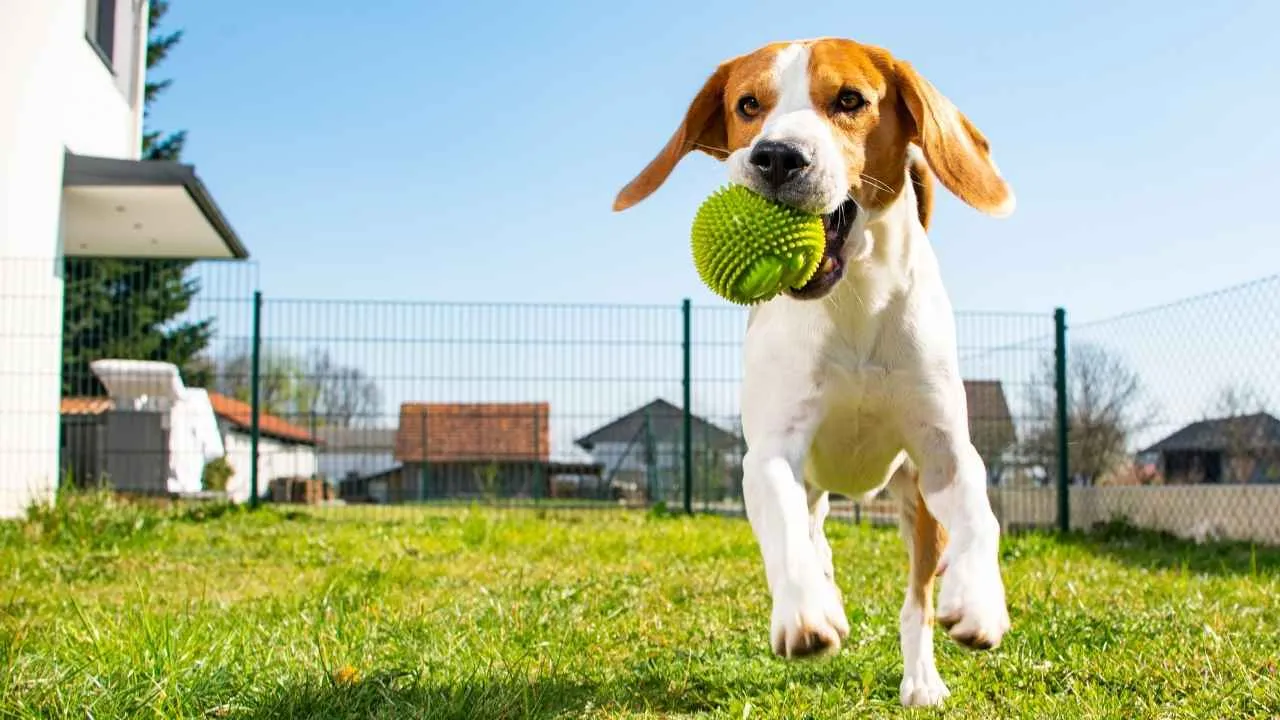
Beagles may look sweet and innocent, but don’t be fooled—they’re escape artists through and through, according to Purina. Originally bred for hunting, this breed’s strong chasing drive and love for following scents mean they can vanish the moment they catch an interesting odor. Whether it’s a squirrel or a trail left by a bird, once their nose is engaged, they tend to run away without hesitation.
These furry partners are curious by nature and incredibly intelligent, making them a challenge for even experienced owners. A backyard gate that isn’t secured tightly or a fence without reinforcement is simply an invitation. Their natural instinct to explore is powerful, often leading them on unexpected adventures beyond the outdoor space.
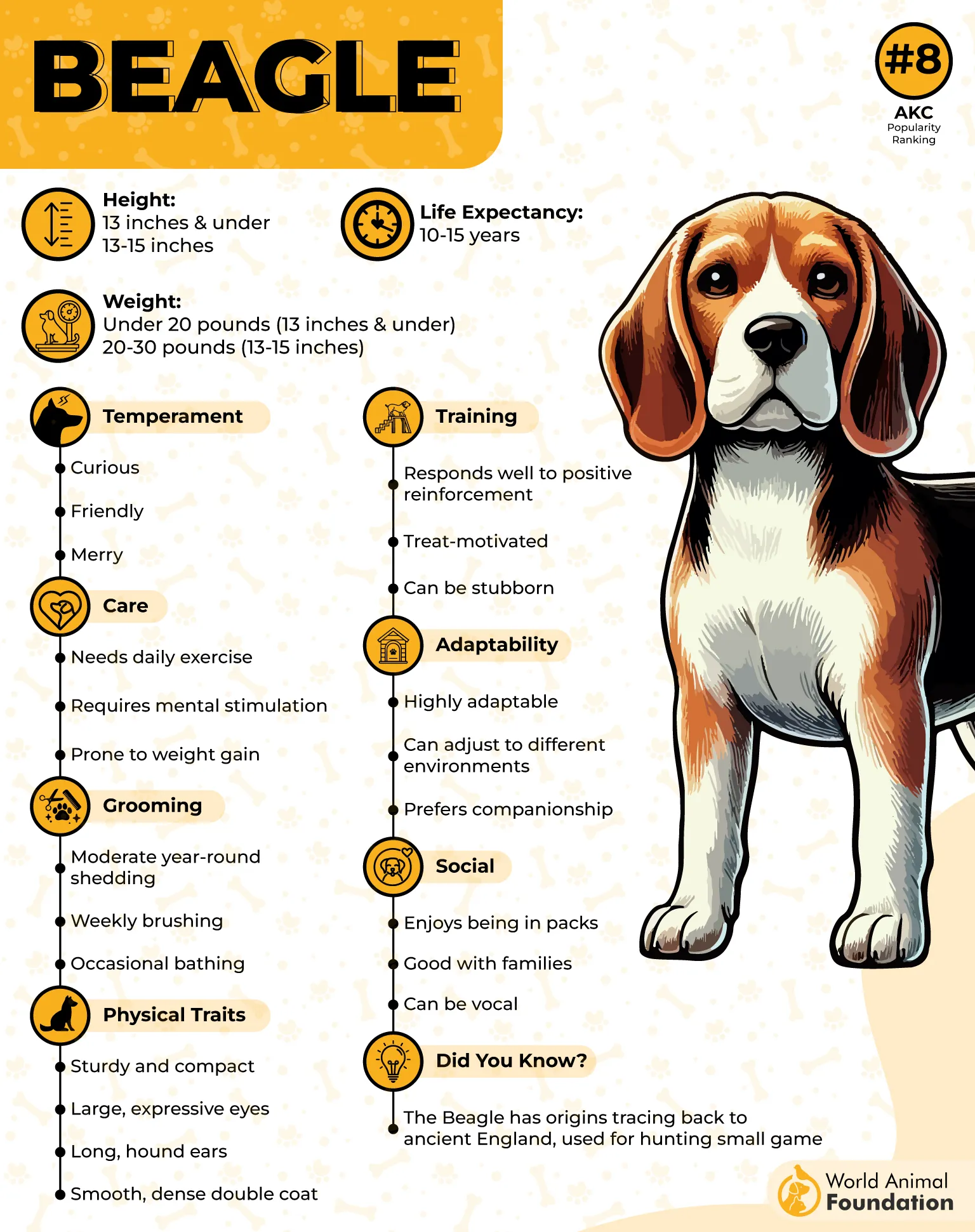
These dogs need consistent brain stimulation and enough exercise to curb their tendency to wander. Without both, boredom sets in—and with boredom comes digging, climbing, and plotting the next escape. They’re among the dog breeds most likely to seek freedom the second your attention slips.
Adding interactive toys and regular long walks can help keep them grounded, but vigilance is key. These playful dogs don’t just escape—they bolt with purpose. A location tracking device is a great addition for any human wanting peace of mind.
Among the extremely inclined to escape dog breeds, the Beagle holds a top spot, not because they dislike home, but because the world outside is just too fascinating to ignore.
2. German Shepherd

Don’t be fooled by their reputation for loyalty—German Shepherds are among the top escape experts. Owners report losing them around 1.5 times per month. With their powerful sense of smell and intense curiosity, these dogs often bolt to investigate an intriguing scent or track down potential prey.
Despite being one of the most intelligent dog breeds, their discipline can’t always override instinct. If a German Shepherd catches wind of a female in heat or hears rustling in the bushes, their natural drive may take over, especially if they’re not mentally or physically stimulated.
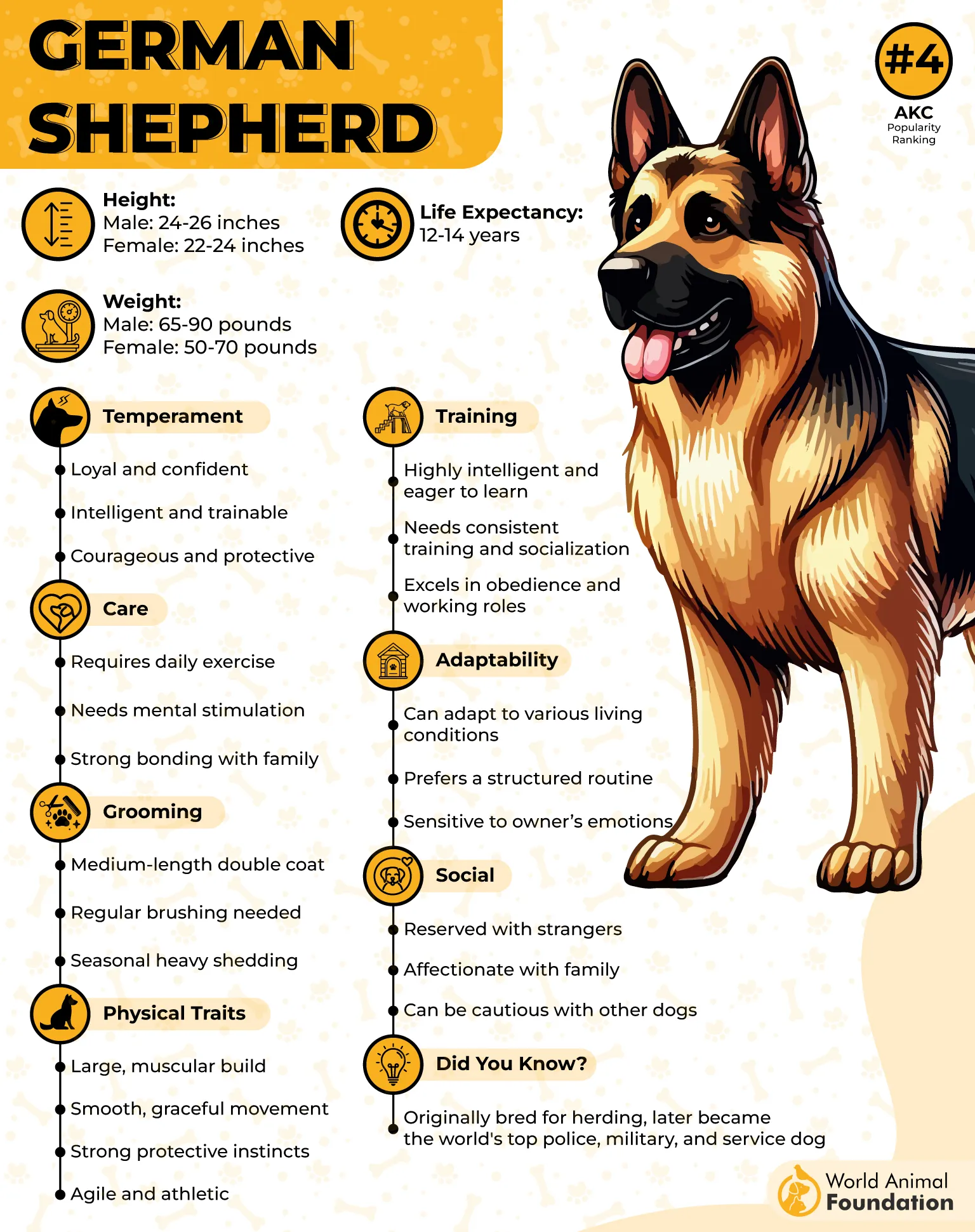
Snowy weather can also throw off their scent-tracking abilities, making it tough for them to retrace their steps home. That’s why recall training is crucial, and consistent practice pays off.
With their athleticism and high energy, they may attempt to jump over boundaries or unlock gates when bored. Ensuring daily physical activity and mental engagement is important.
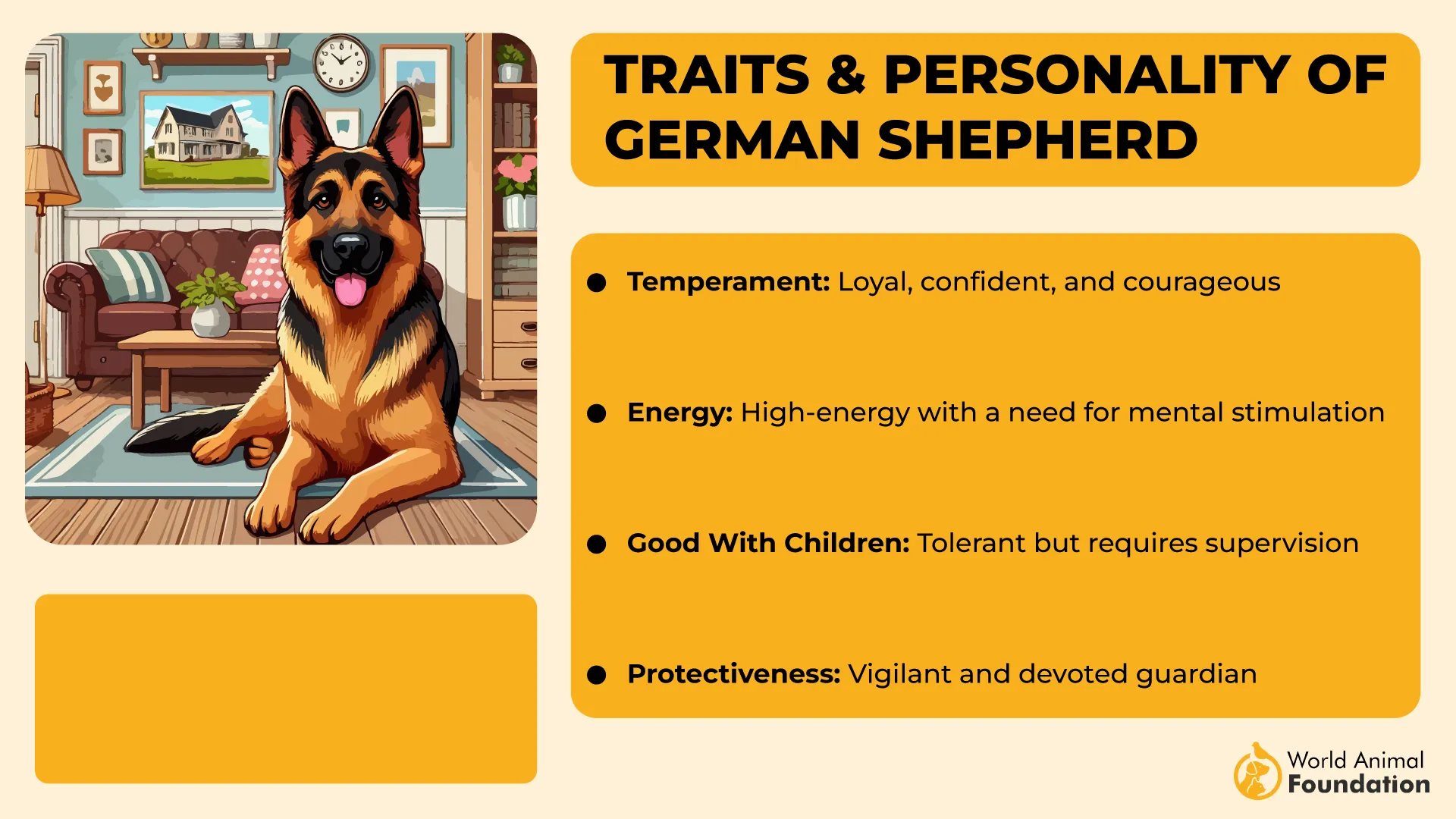
To keep these working dogs safe, a GPS dog tracker and sturdy leash go a long way in preventing unexpected adventures. For those with a German Shepherd, preparation is protection.
3. Bloodhound
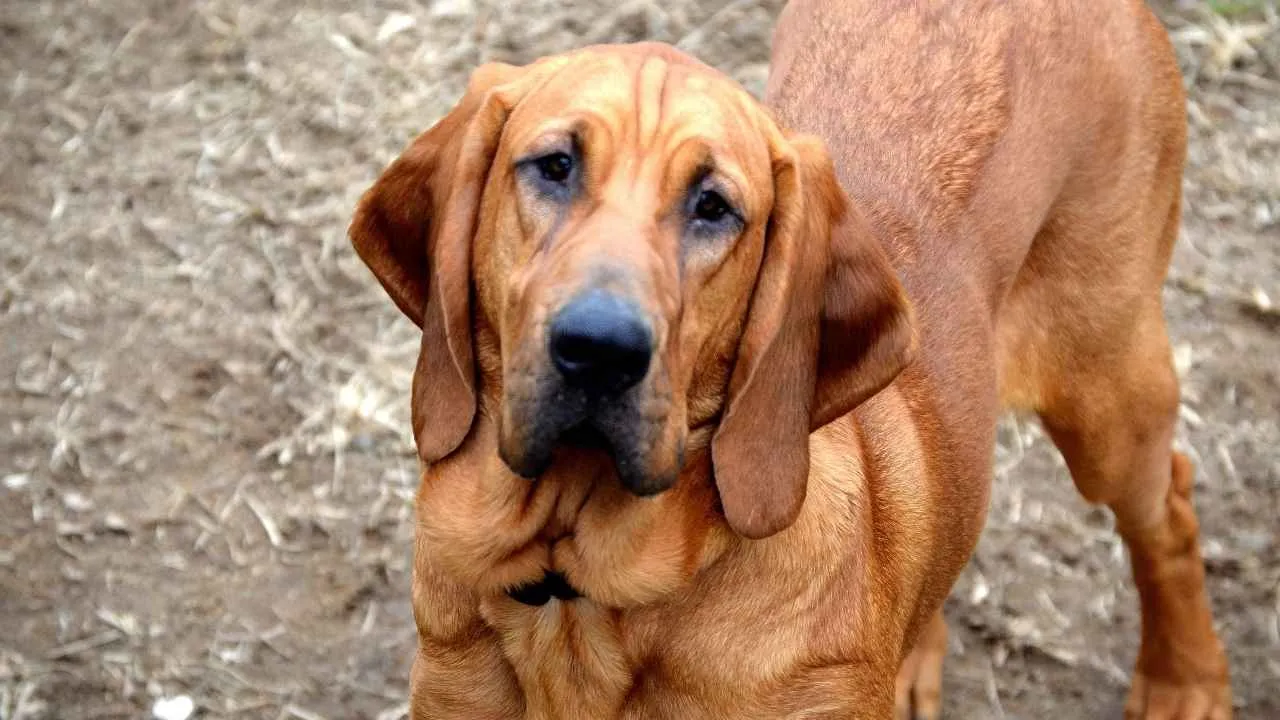
When it comes to noses, Bloodhounds reign supreme. With over 300 million scent receptors—compared to a human’s 5 million—these dogs can track a scent for miles. It’s no surprise they’re among the extremely prone to escape dog breeds, especially when their legendary sniffing skills lock onto a unique odor. Once they’ve got a trail, they’ll follow it through barriers, fields, and front doors without a second thought.
Primarily bred for hunting deer and wild boar, the Bloodhound’s natural instinct to chase is deeply ingrained. Even the most affectionate homebody hound can shift into tracking mode with a whiff of squirrel or other animals. Their independent streak makes them one of the more stubborn dog breeds, especially when their nose takes the lead.
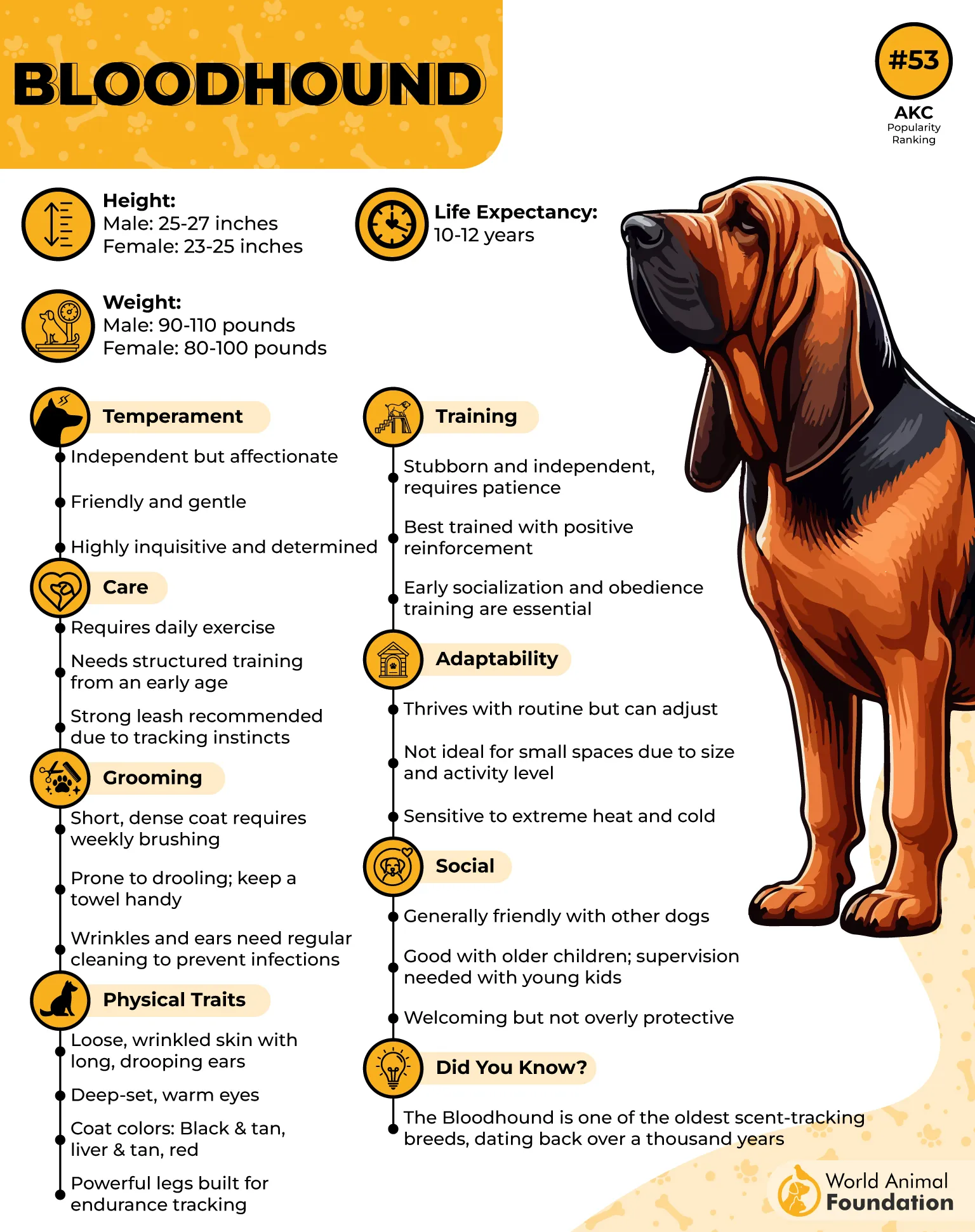
Because of their single-minded focus, Bloodhounds can become a runaway dog in seconds. Strong, high fences and secure leash handling are non-negotiables. Even with sufficient exercise, their determination to pursue a scent rarely fades.
Owners should pair physical activity with mind stimulation to keep their hound content and safely grounded. And yes, a GPS tracker might just become your best friend.
Don’t let their droopy face fool you—these dogs sprint with purpose and precision, making them lovable yet legendary escape risks.
4. Bluetick Coonhound
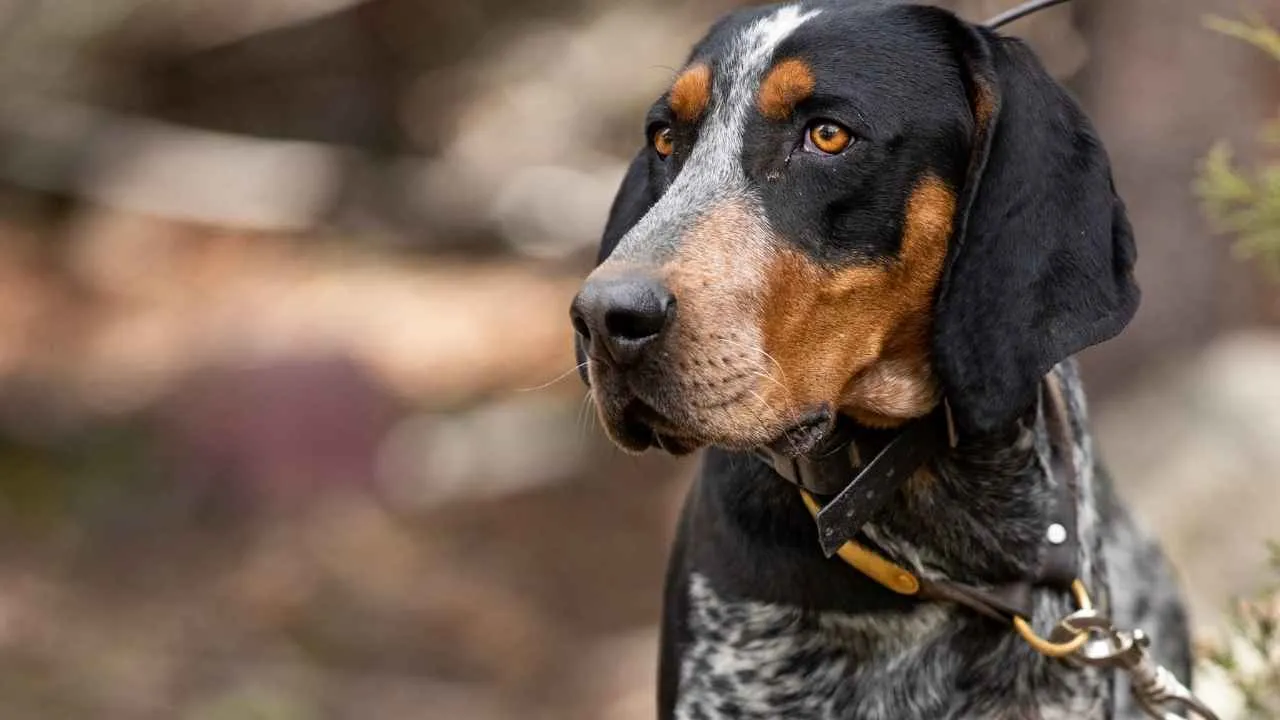
Bluetick Coonhounds aren’t just vocal—they’re boldly adventurous and built to explore. With a nose nearly as powerful as a Bloodhound’s, they’re constantly chasing down the next interesting smell. often turning a calm backyard into a launchpad for their latest scent-fueled journey. For this reason, they’re easily among the dog breeds most likely to run away.
Primarily bred to trail raccoons and other game, this breed thrives on movement and challenge. Their high prey drive makes them natural escape experts, especially when left alone. Just a tiny gap in the fence? That’s an open invitation.
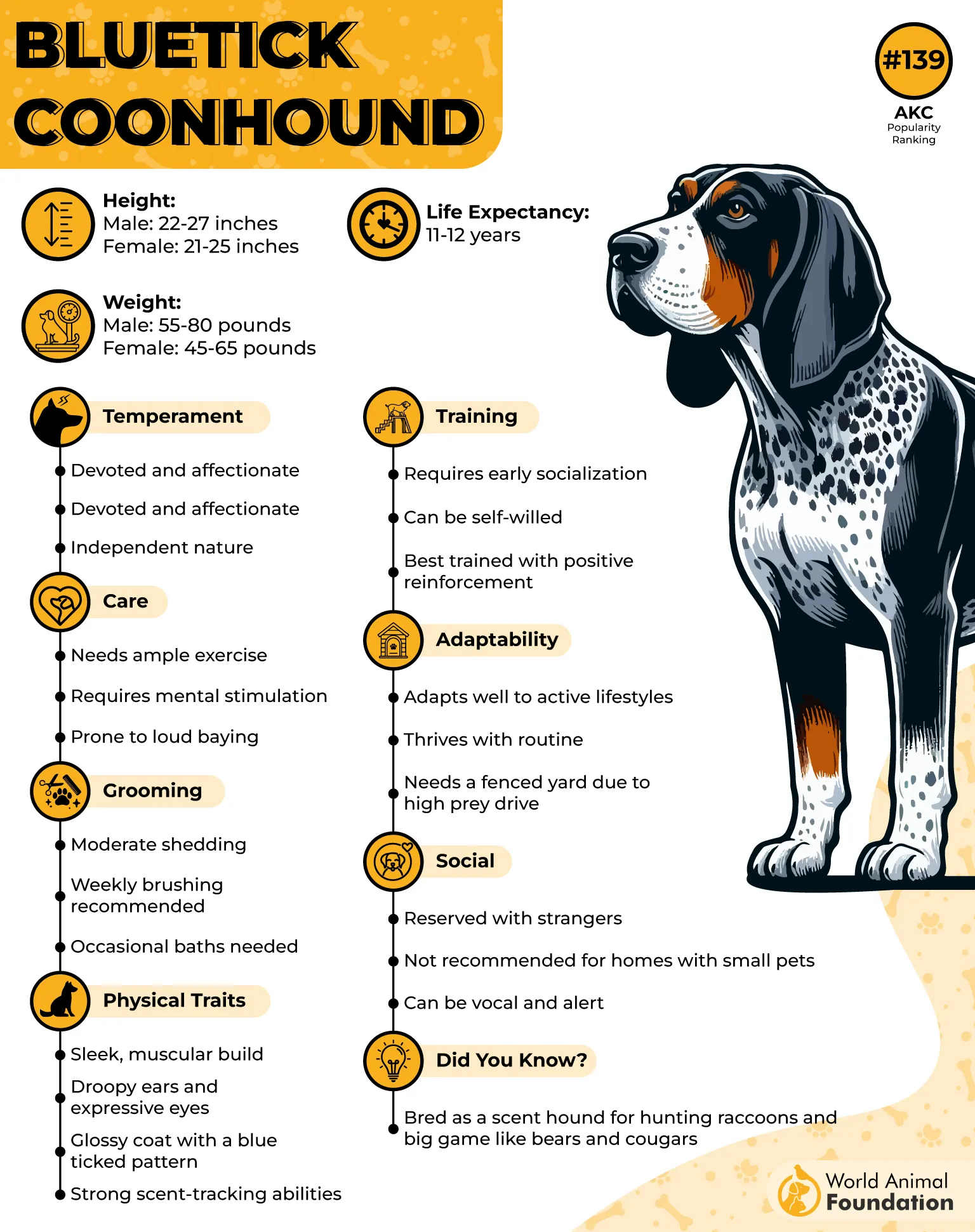
To keep this furry buddy from vanishing on a whim, owners need to provide not just extended strolls, but also scent games, tracking exercises, and loads of mind stimulation. Without it, they’ll burrow, climb, or howl their way to freedom.
Despite their strong instincts, Blueticks are loyal and affectionate, just easily distracted by the world outside the yard. A GPS tracker is a great safety net for any pet parent of this determined adventurer.
If you’re not ready for strategic containment, this charismatic hound may become your most lovable runaway dog yet.
5. Black and Tan Coonhound
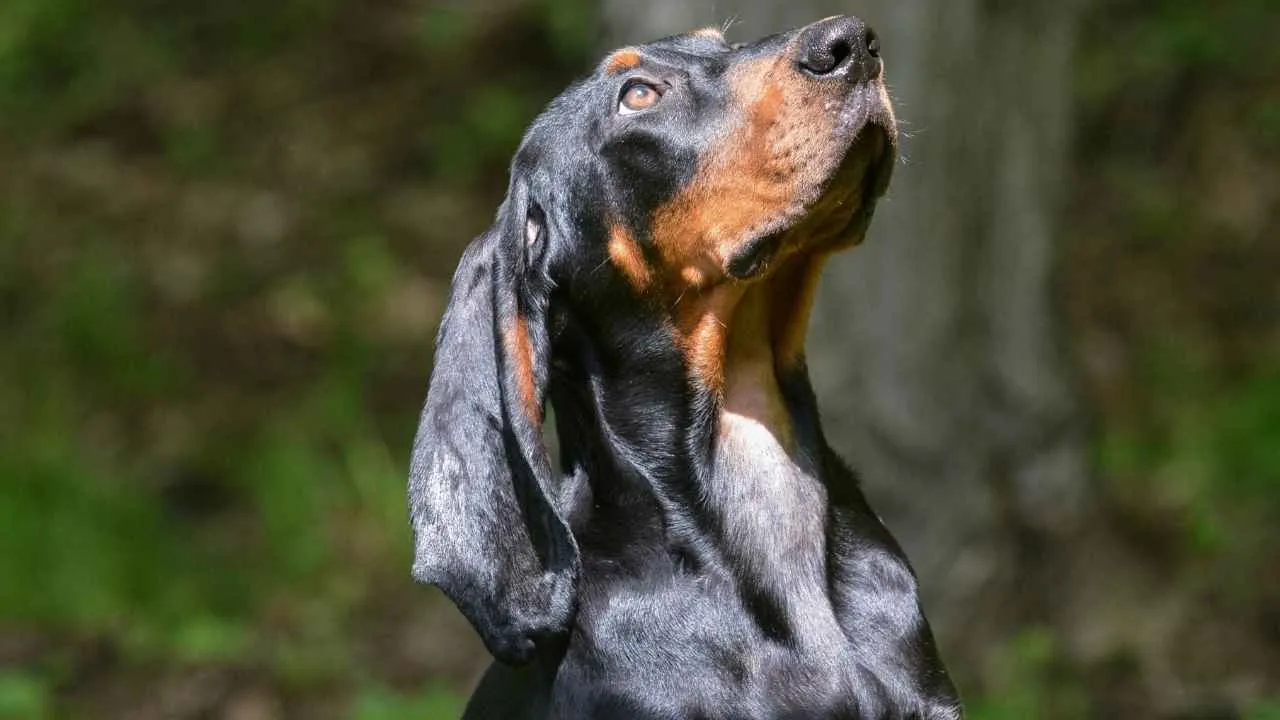
Don’t let the chill attitude fool you—the Black and Tan Coonhound is a determined wanderer at heart. Once they catch a unique odor, these dogs can enter full pursuit mode, often ignoring commands, calls, and common sense. As one of the most inclined to escape dog breeds, their roaming habits are legendary.
These hounds were primarily bred for hunting raccoons and bears, which explains their boldness and relentless prey focus. Even a fenced yard may not stop them if curiosity strikes, and trust us, it usually does. Combine that with their determined streak, and you’ve got a dog that’s always seeking the next great sniffing adventure.
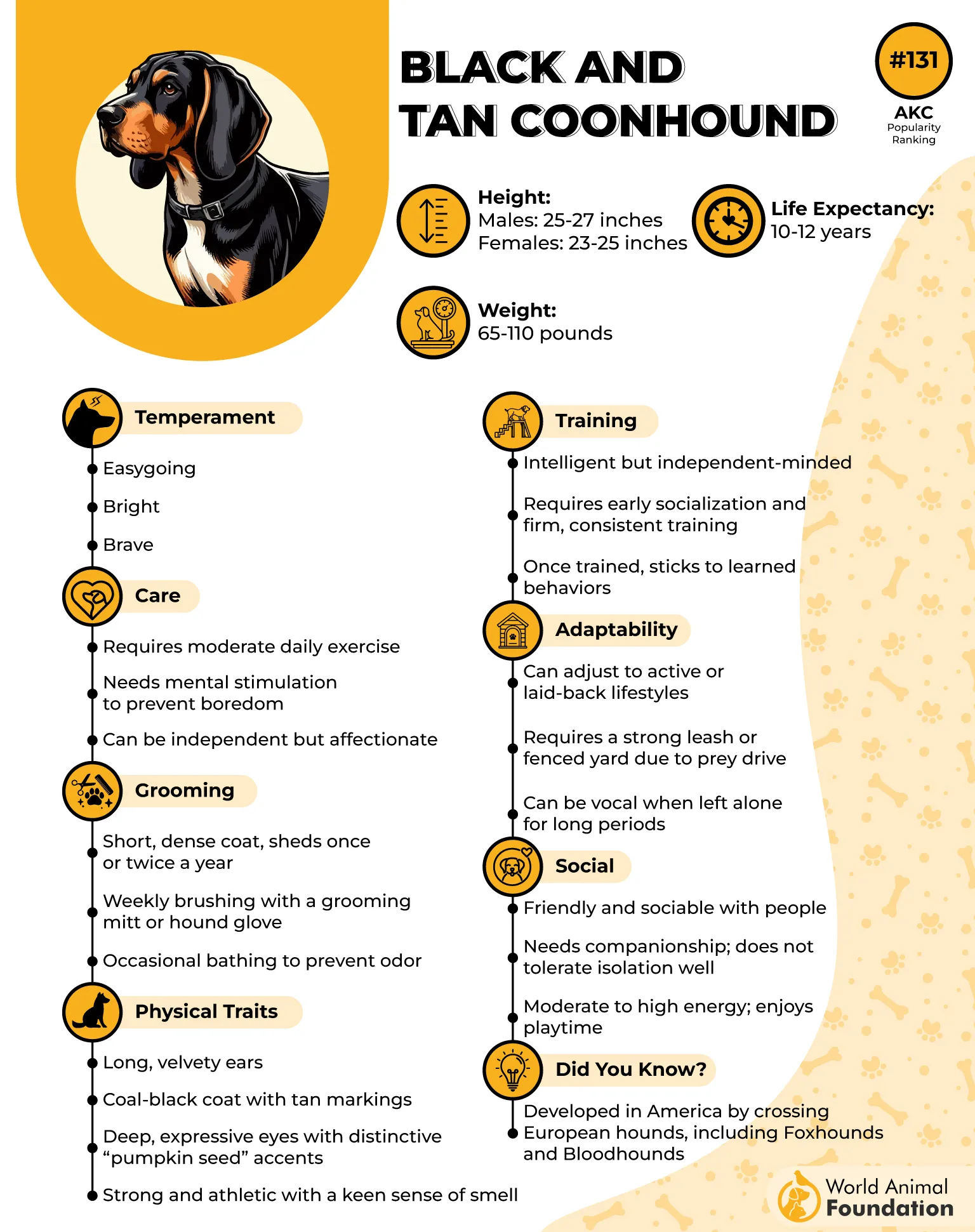
According to PetMD, without structured mental stimulation and enough physical activity, they tend to dig, climb, or even chew their way out of confinement. These aren’t your average couch pups—they crave stimulation and purpose.
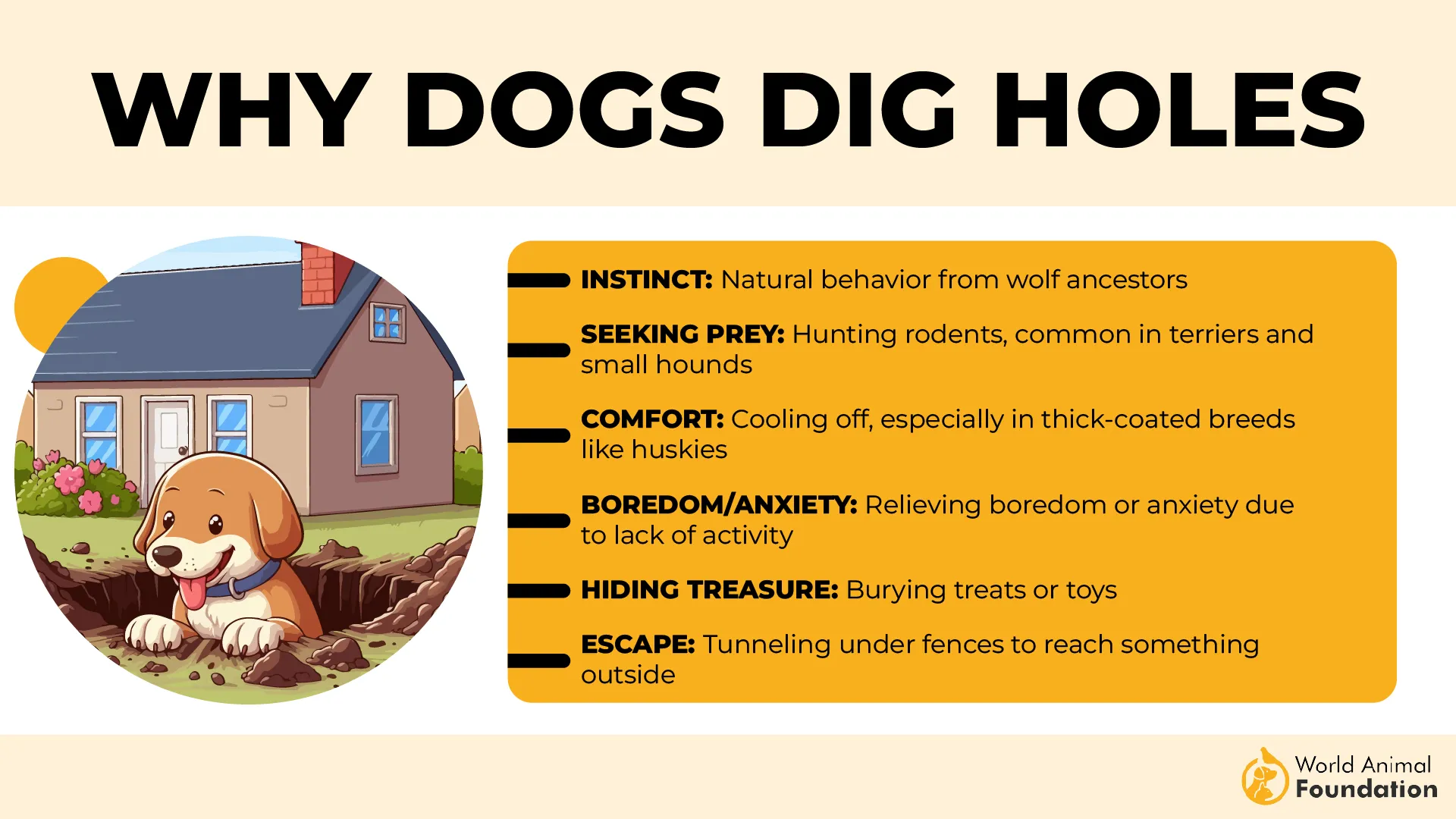
Owners should focus on consistent training, daily strolls, and enriching play to keep their coonhound grounded. A GPS tracker and secure fence gate offer peace of mind.
Loyal and goofy with family, but always chasing something unseen—these coonhounds prove that even the most laid-back dogs run when instinct kicks in.
6. Jack Russell Terrier

Small but supercharged, the Jack Russell Terrier is like a furry firecracker with a built-in radar for mischief. Though tiny in size, this small breed packs a big punch when it comes to curiosity and independence. Don’t be surprised if they scale a fence or burrow a tunnel just to chase a squirrel or explore the neighborhood. They’re quick thinkers and even quicker runners.
Initially bred for fox hunting, these pint-sized dynamos have an intense chase drive and sharp intelligence. Left fed up or under-stimulated, they’ll turn your backyard into a construction site—complete with escape tunnels and shredded flower beds.
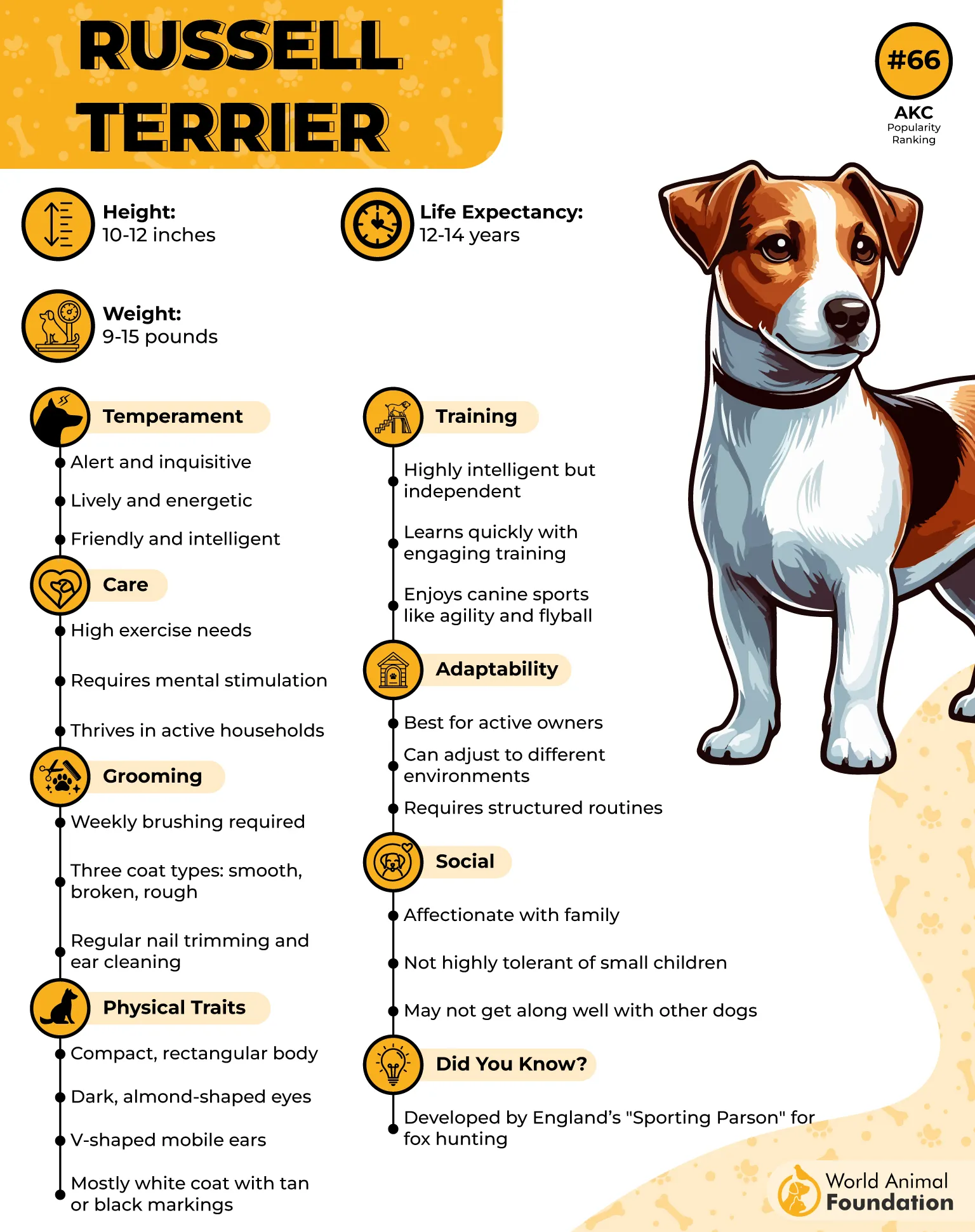
They’re classic escape experts who require constant mental exercise, plenty of interactive toys, and frequent long walks to keep that adventurous energy in check. Otherwise, your pet may vanish faster than you can say “stay.”
Despite their size, they rival larger dog breeds in drive and determination. A GPS tracker is practically a fashion necessity for these quick-footed explorers.
Terriers may be tiny, but when it comes to slipping away undetected, they’re masters of the great escape. One blink, and they’re already halfway down the block.
7. Siberian Husky

The Siberian Husky doesn’t just enjoy running—they live for it. Famous for their endurance and stubborn streak, Huskies are considered textbook escape artists, according to Britannica. If your furry friend disappears the moment the yard gate swings open, you may be raising a four-legged flight risk. They don’t just wander—they vanish with Olympic-level speed and style.
Primarily bred to pull sleds across frozen terrain, this breed thrives on movement, independence, and challenge. Their strong prey drive and boundless curiosity mean they’ll leap, dig, or chew their way out just to follow a scent—or for the sheer thrill of it.
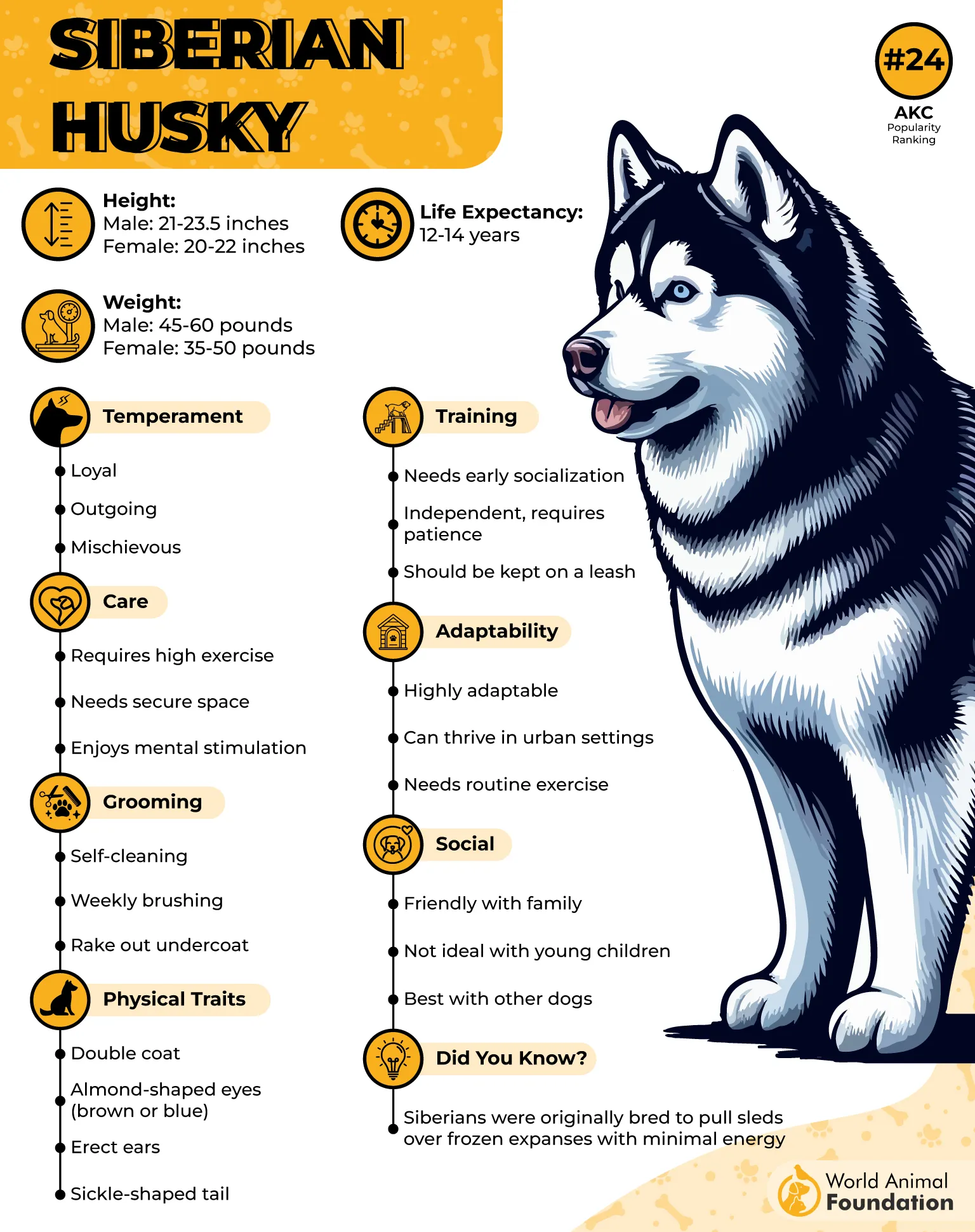
Huskies need more than enough exercise—they require consistent mental exercise to stay satisfied. Otherwise, your living room becomes a raceway, and your fences? Just obstacles to overcome.
Among the dog breeds most likely to run away, Huskies are infamous for making a break at lightning speed. Owners should secure their outdoor space like Fort Knox and invest in a reliable GPS tracker.
They’re gorgeous, loyal, and highly intelligent, but never underestimate their urge to roam. With a Husky, the leash is your best friend—and your best defense. They were made to run, and they know it. Keeping up with one is more marathon than a walk in the park.
Conclusion
Let’s face it—some dogs just have a bit of wanderlust in their DNA. Whether it’s the nose-driven Beagle, the determined Coonhound, or the scent-savvy Bloodhound, these breeds weren’t built to sit still. They were made to explore, chase, and sniff their way into the horizon—and possibly into your neighbor’s yard.
But here’s the twist: their escape tendencies aren’t flaws—they’re features. These breeds come packed with curiosity, intelligence, and energy, and that’s what makes them so lovable (and occasionally exhausting). With the right mix of training, enrichment, and secure fencing, these pups can thrive without turning your life into a daily game of hide-and-seek.
Of course, we can’t forget the honorable mentions—Labrador Retrievers, German Shepherds, and Australian Shepherds—who, despite their loyalty and smarts, have been known to make the occasional great escape too. Because truthfully, most dogs have their moments of rebellion, especially when adventure (or bacon) is on the line.
Owning an escape expert isn’t for the faint of heart—but for the right person, it’s a joyful, wild ride. So leash up, laugh often, and embrace the chaos—after all, life’s never boring when your dog thinks they’re part of an action movie.
Now, go give your gate a double check—you know, just in case.


